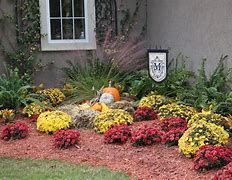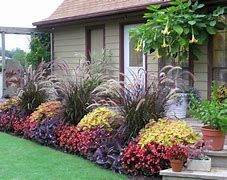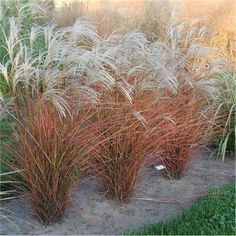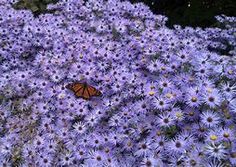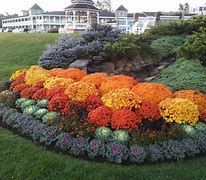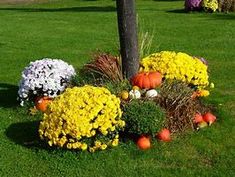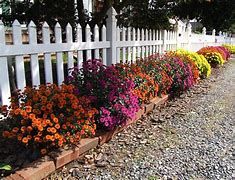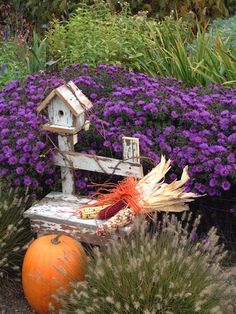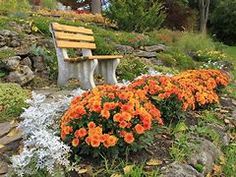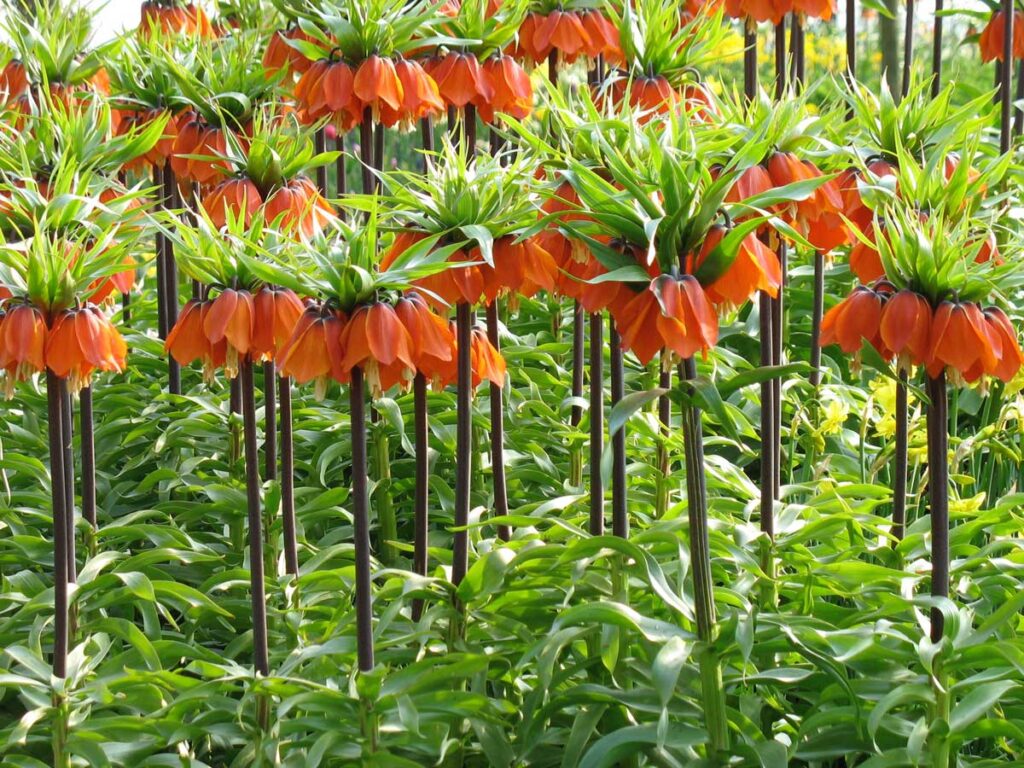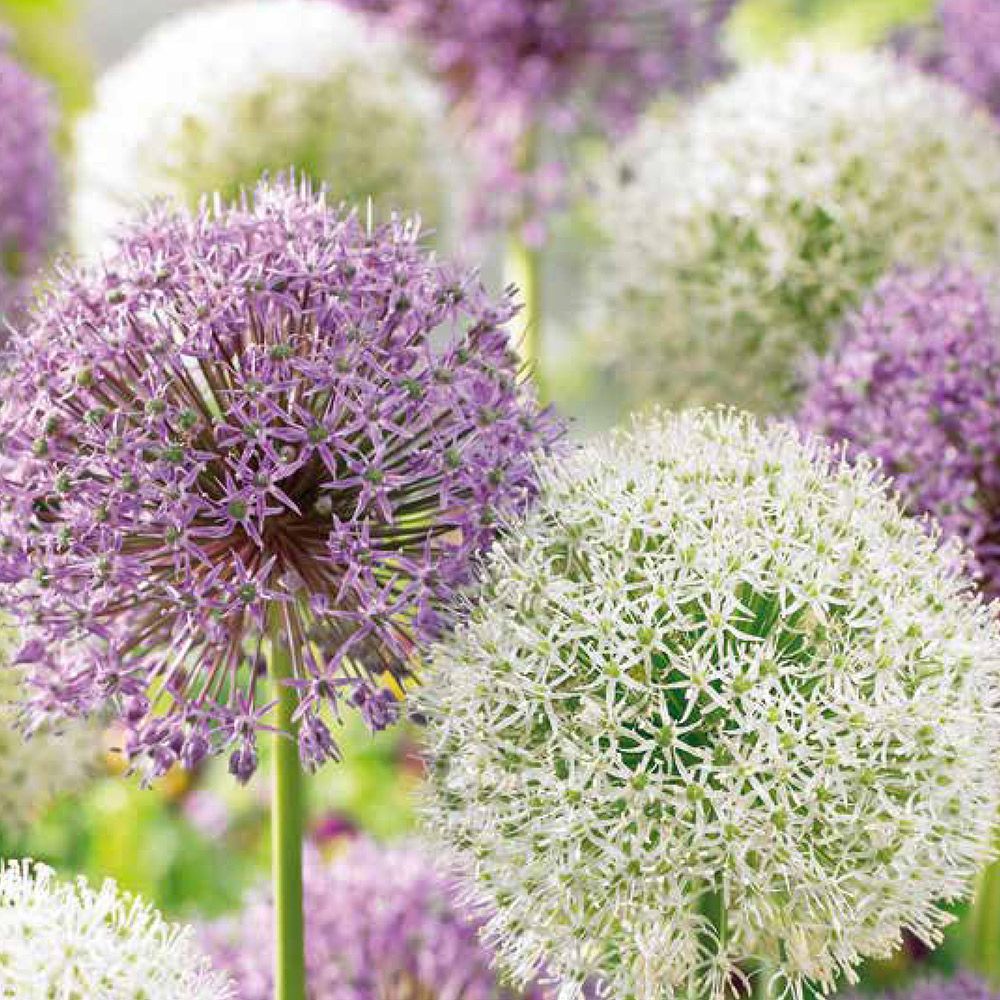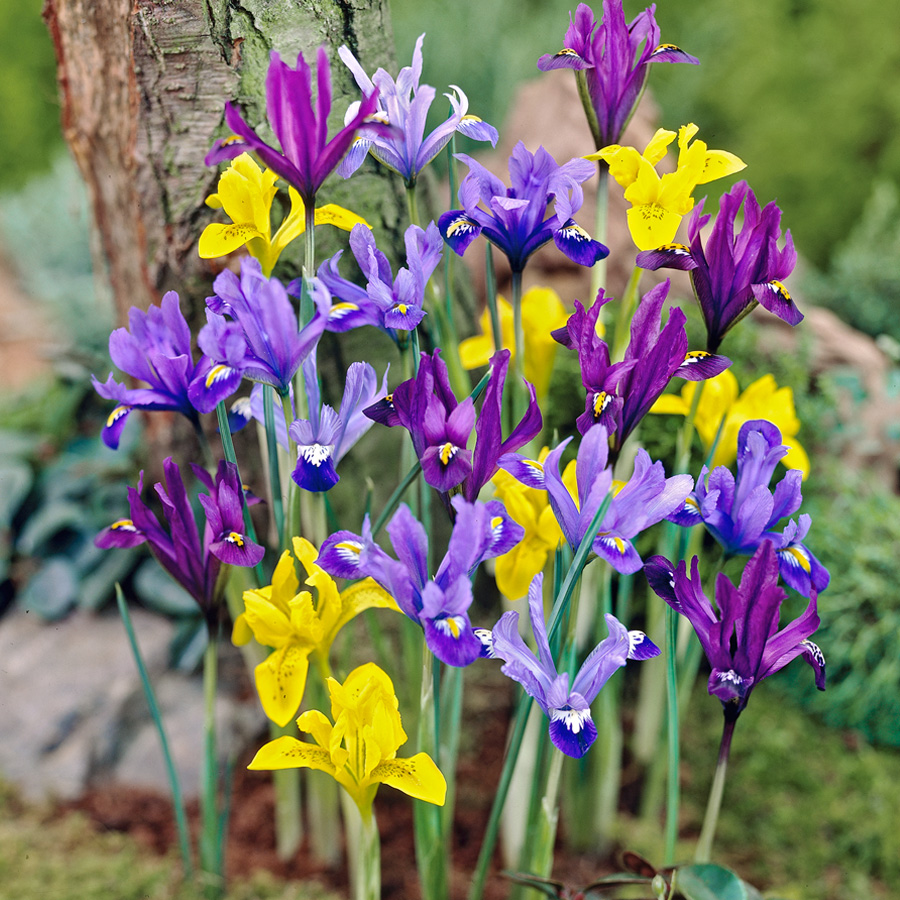Want some fall color for your perennial bed? There are more choices than mums for adding color in the fall.
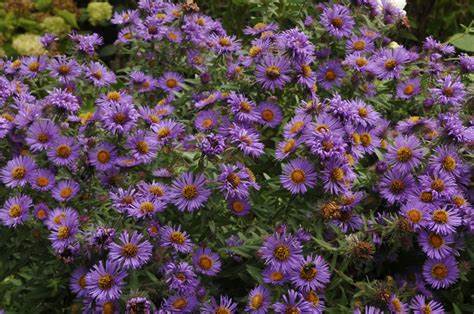
Try asters which come in purple, red, and white daisy-like flowers. They start blooming in September to a hard frost. Two-foot plants require no maintenance.
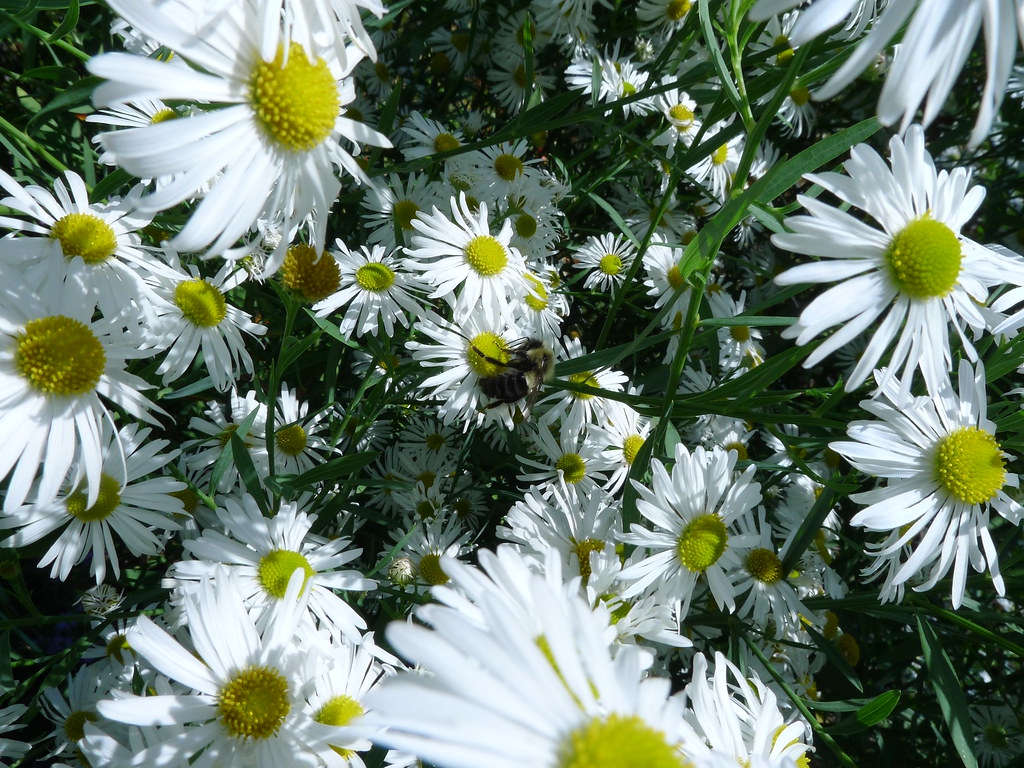
Another plant that looks like an aster is the Boltonia or false aster. The plant differs from a regular aster in that it can grow from 3 to 6 feet depending on the variety. Both the aster and false aster are very hardy.
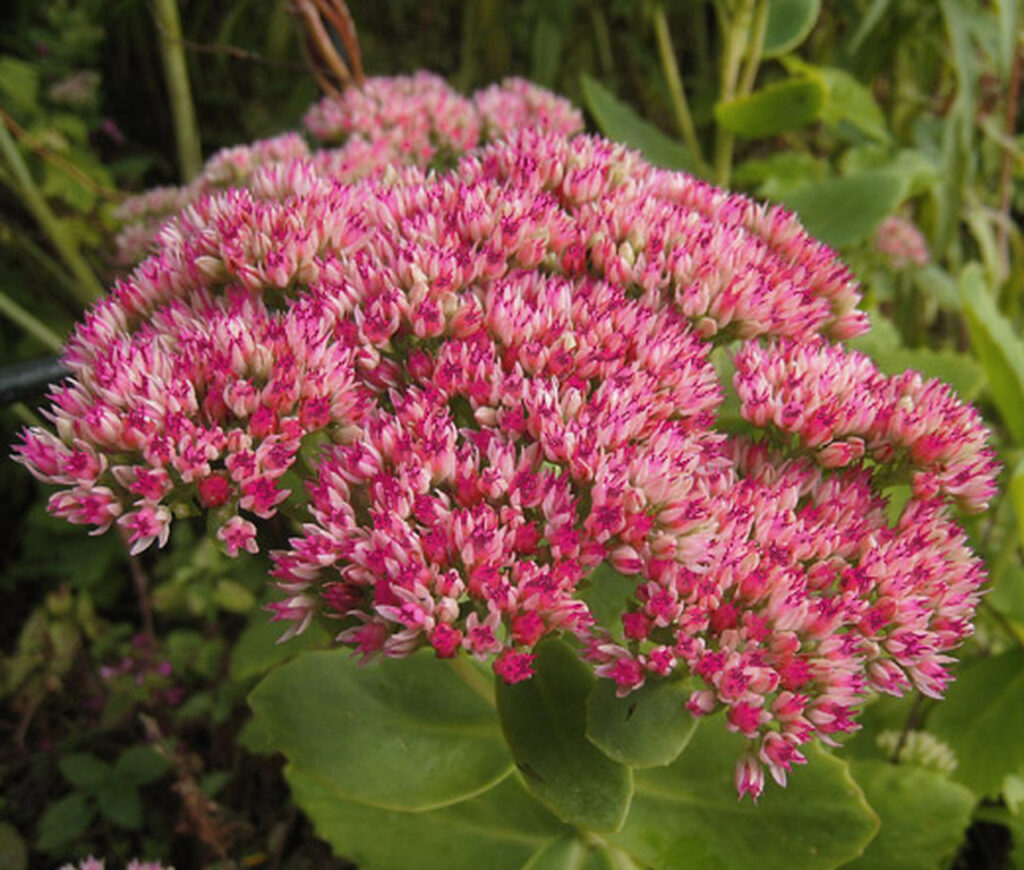
Fall sedum or stonecrop sedum is a 2-foot tall plant with reddish or pink blooms. Being a sedum, it grows with a lack of water, poor soil, and hot temperatures. The colors grow richer as the temperature drops.
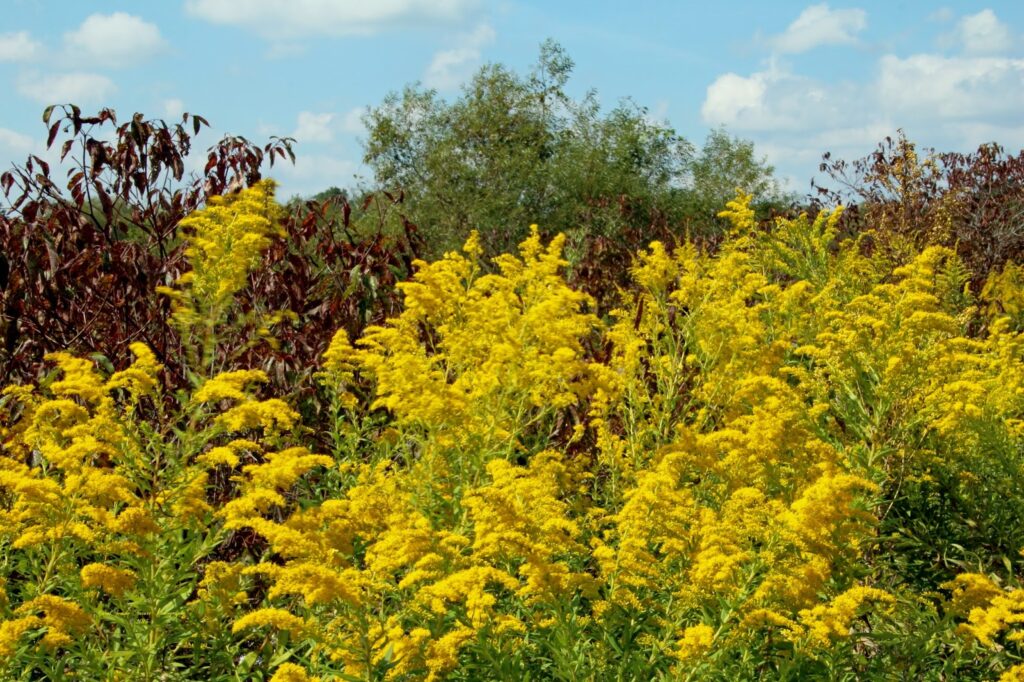
Goldenrod with their bright yellow blooms, unlike their native cousins. Most people think when goldenrod blooms, their allergies get worst. Not the case because their pollen is large and not wind-borne being self-fertile plants. The cause is the other weeds like ragweed and Kochia which do not notice with their small, green florals. Varieties grow from 1 to 3 feet tall. Another plant liking dry, poor soils.

Of course, the mums, adding fall color coming in most colors. Make sure you have the hardy garden mum which is hardy in our climate. The florist mums you get this time of year are usually not. When planting mix a little sand into the soil because they do not like soggy soil in the winter.
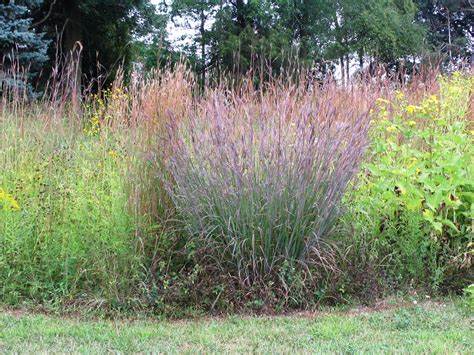
Do not forget the ornamental grasses like maiden grass and zebra grasses to add a touch of texture in the autumn.
Like many flower beds in the landscape may be in full glory in the summer and trails down in fall, but it does not have to end. By adding some perennial or annual flowering plants, you can extend your bloom season by 6 weeks.

